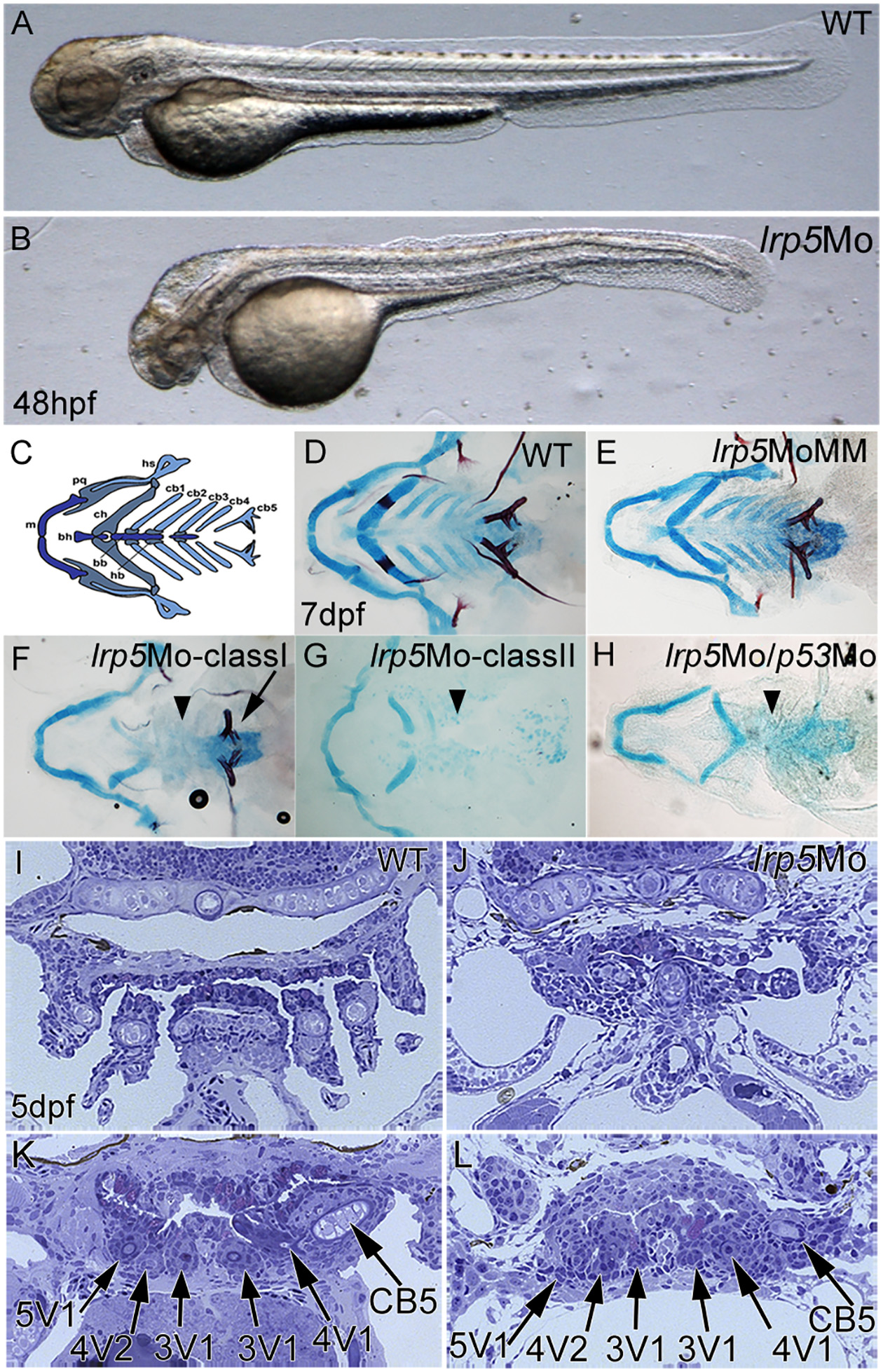Fig. 2 Knock-down of lrp5 leads to defects in the craniofacial skeleton but not teeth.
(A,B) Morphology of wild-type and lrp5 morphant embryos at 48 hpf. Note inflated hindbrain in morphant. (C) Schematic illustration of viscerocranial skeleton formed mainly by CNCCs (different colors represent different groups of skeletal elements; bb, basibranchial; bh, basihyal; cb, ceratobranchial; ch, ceratohyal; hb, hypobranchial; hs, hyosymplectic; m, Meckel’s cartilage; pq, palatoquadrate). (D-H) Combined bone and cartilage staining at 7 dpf of wild-type (D), lrp5MM morphant (E), lrp5 morphant classI (F), classII (G) and lrp5/p53 compound morphant (H). Note that morphants show absence of ceratobranchials (arrowheads) while 5th ceratobranchial and pharyngeal teeth (arrow) are present in classI morphants. (I-L) Cross sections through 5 dpf larvae. Wild-type (I) shows ceratobranchials, which are lost in lrp5 morphant (J). More posterior sections show that wild-type (K) and lrp5 morphants (L) have normally formed pharyngeal teeth (arrows). Anterior is to the left in A-H.

